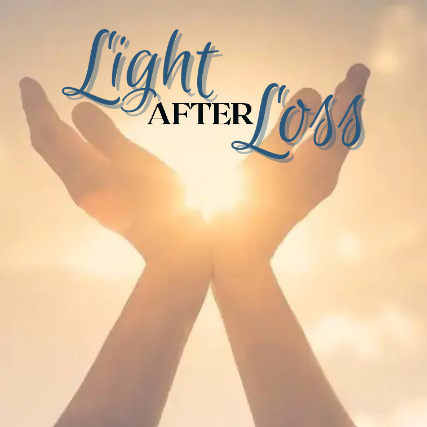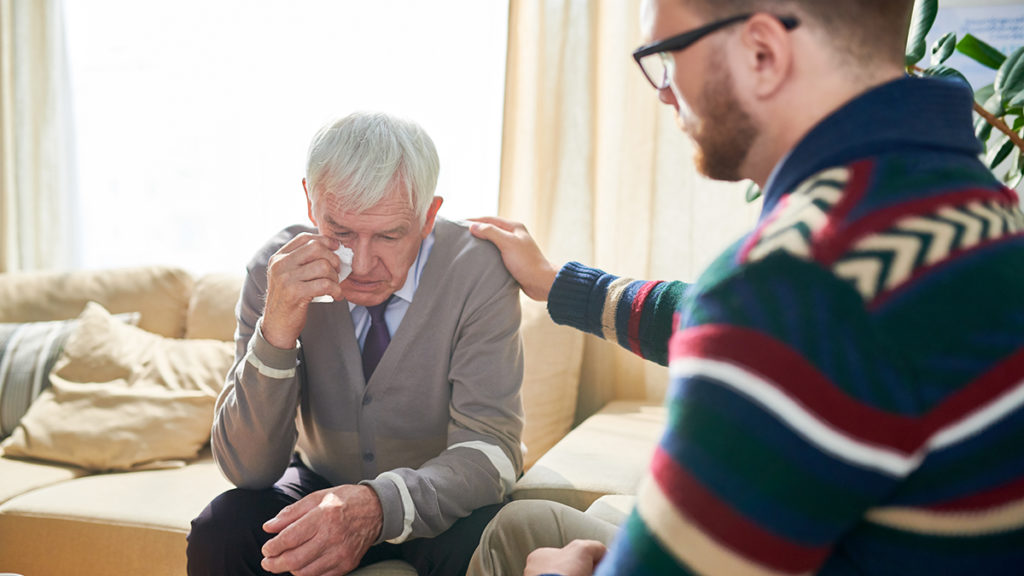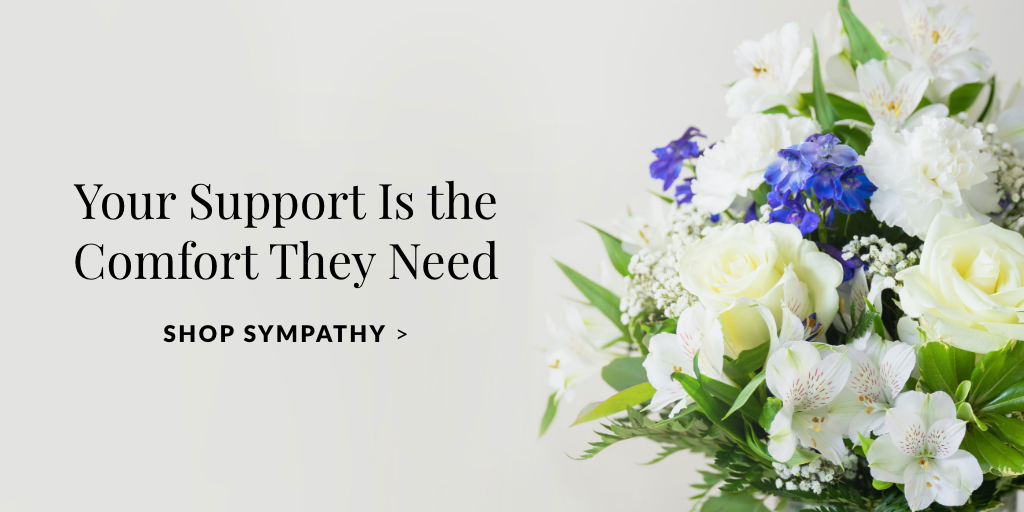When you’re grieving, every day feels like National Grief Awareness Day. But did you know the United States actually has such a designated day? It’s on Aug. 30 and was established in 2014 by Angie Cartwright, who had experienced enormous grief stemming from the loss of her baby sister, newlywed husband, and mother. The day’s mission is to encourage open and honest communication about the various ways in which we cope with loss and bereavement, and to remind us all to support those we know who are grieving.
In a recent “Light After Loss” Facebook Live episode, Modern Loss’ Rebecca Soffer hosted a discussion with mindfulness coach Annie Pearson about the importance of self-awareness and self-compassion in grief, along with some easy-to-do grounding exercises.
Here are some key takeaways from their conversation.
Why is it important to create an ongoing sense of awareness about our grief?
Once we are aware of how we are feeling — and it’s important to check in with yourself on a regular basis — we can start to give ourselves what we need to move through a difficult moment in the best way possible. If we ignore these feelings or what our body is telling us, this feeling won’t go away by just pretending it’s not there. Some of this has to do with allowing ourselves to be uncomfortable, but difficult things will seem more manageable once we name them out loud. (A tip from Pearson: The phrase “Name it to tame it” works for her!)
How do we deal with ‘future worry’?
It’s natural to spend time ruminating about what happened in the past or what might happen in the future, but it’s a lot more helpful to focus on what’s happening now. Mindfulness exercises are meant to help you ground yourself and be present in the moment. And the best part: They’re easy to learn and use anywhere.
3 exercises to help anchor ourselves in the moment
1. Belly breath (also called the “three-part breath”)
This exercise helps us expand our lungs and take in more breath.
Breathe in through your chest, rib cage, and belly. Pause, then breathe out through your belly, rib gate, and chest.
2. Focus on the sounds

This exercise is a great step for beginners who are nervous about trying meditation.
Instead of trying to meditate by ignoring the sounds around you, change your focus so that you start to really listen to those sounds. Begin with the sound that is farthest away and name it without judgment (a dog barking, street traffic, etc.). Continue listening to the sounds closer to you, naming and labeling them without judgment, until you get to the sounds of your own breath and heartbeat. Listen to and name everything. Then, open your eyes, listen again, and see what you notice.
3. Finger touch meditation
Repeat a chant or affirmation as you touch each finger to the thumb on its same hand (index finger touches thumb, middle finger touches thumb, etc.). For example, you can use “I am peaceful” or “I am OK.”
This article was authored by ModernLoss.com, which offers candid conversation about grief and meaningful community throughout the long arc of loss.


























